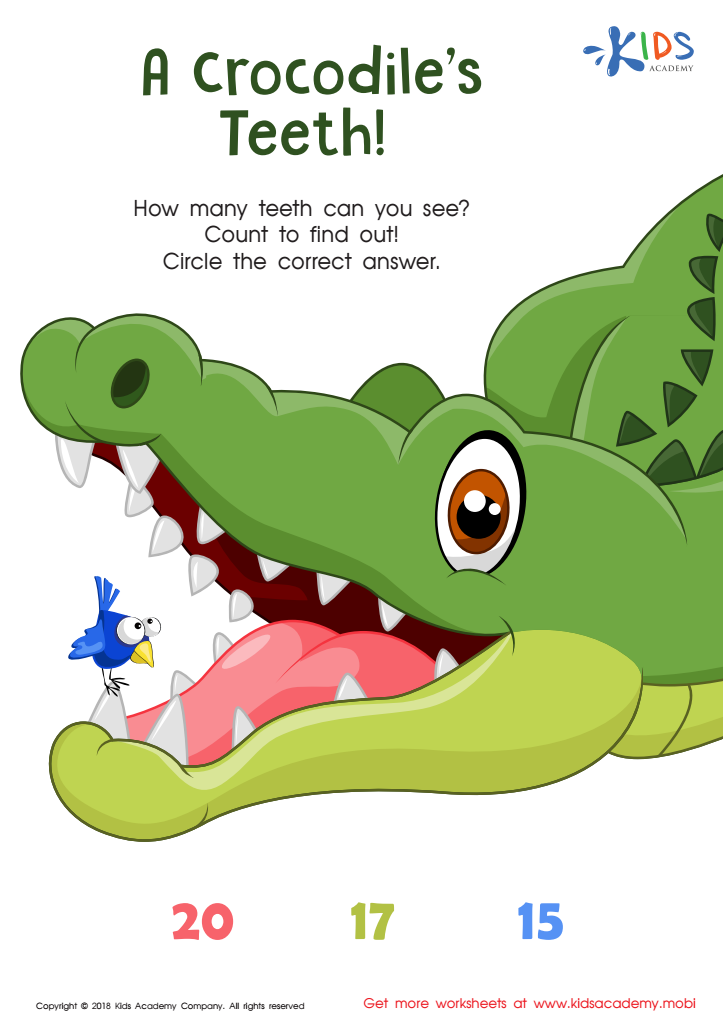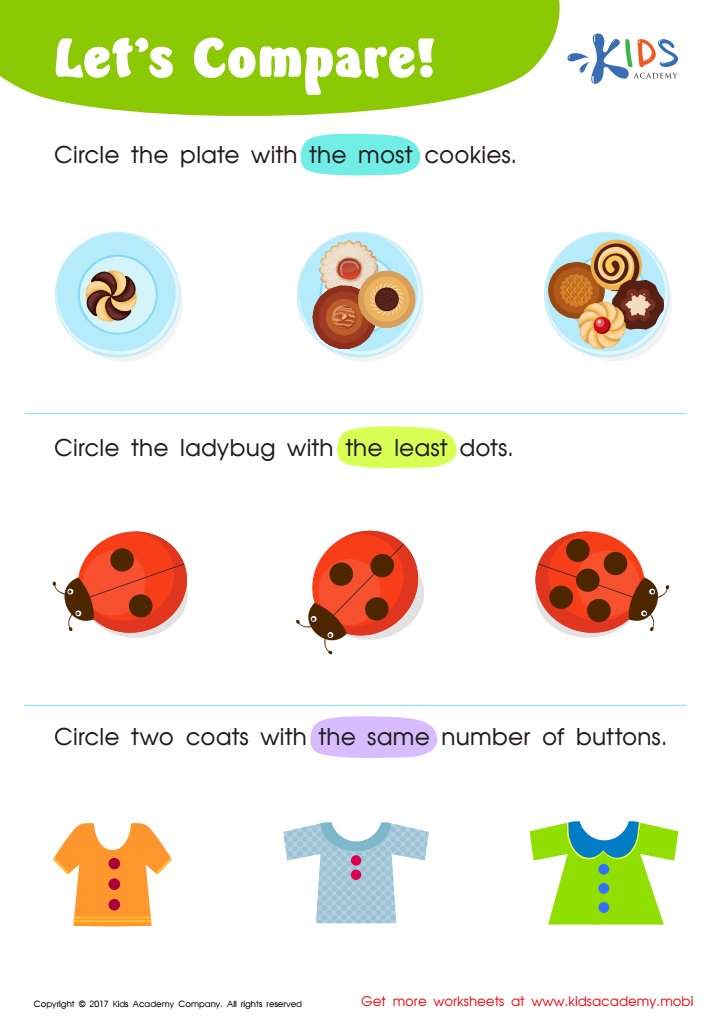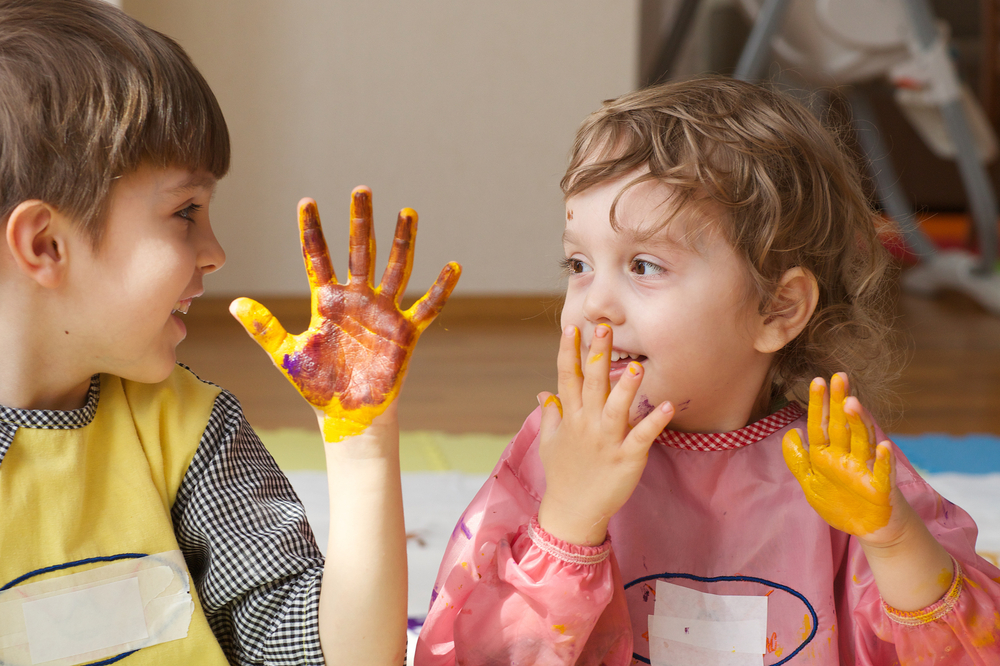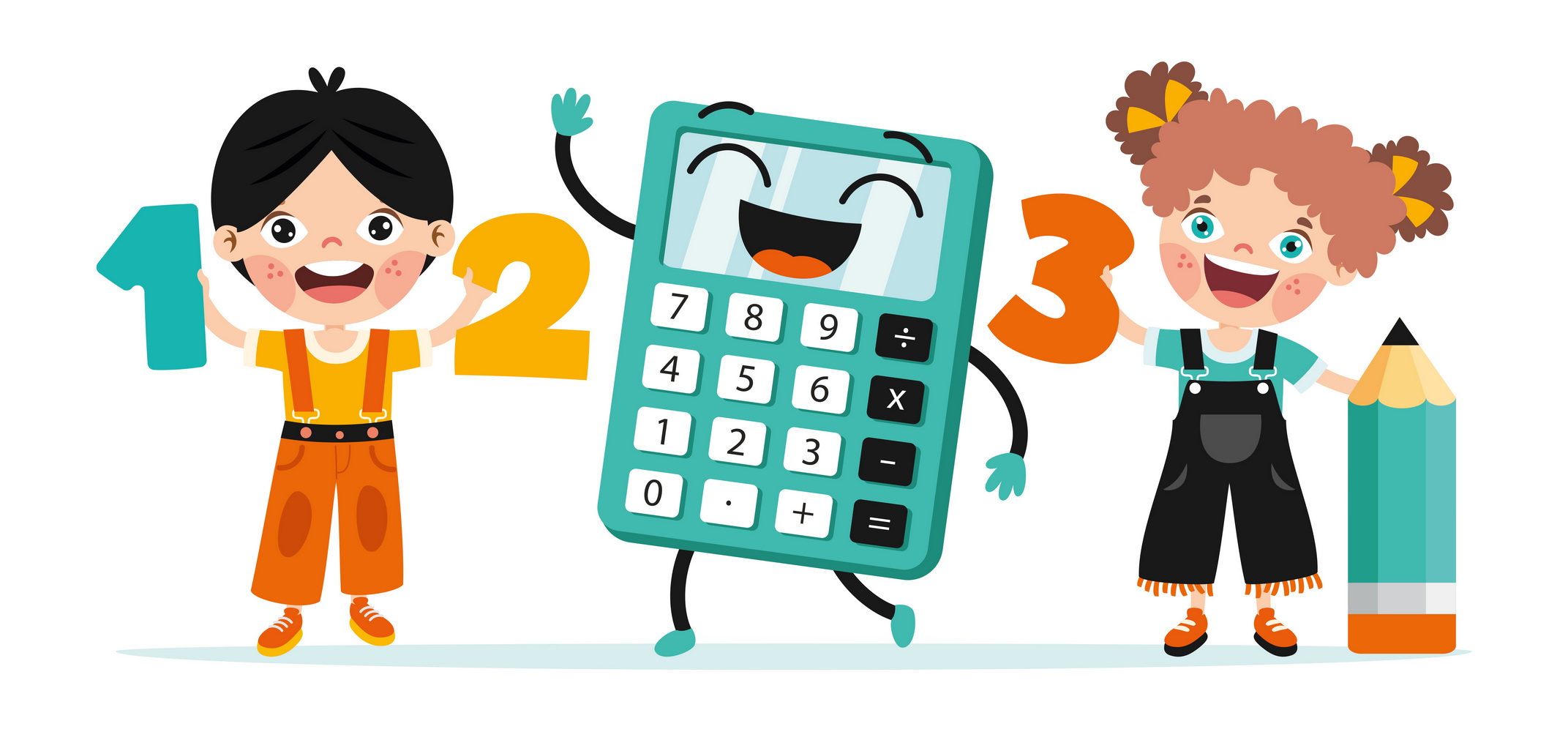Understanding comparisons Normal Math Worksheets for Ages 3-8
4 filtered results
-
From - To
Discover our "Understanding Comparisons" Normal Math Worksheets designed specifically for children aged 3-8. These engaging worksheets aim to develop foundational math skills through fun, interactive activities that focus on comparing sizes, quantities, and lengths. Children will learn essential concepts such as more than, less than, and equal to, fostering critical thinking and problem-solving abilities. Our printable resources are perfect for at-home practice or classroom use, ensuring a comprehensive learning experience. With vibrant illustrations and age-appropriate exercises, these worksheets make math exciting and accessible for young learners, helping them build confidence as they master important comparison skills. Start your child's math journey today!


Animal Features Worksheet


Comparing with a Third Object Worksheet


A Crocodile's Teeth Worksheet


Matching: Classifying Toys by Size Worksheet
Understanding comparisons in early math, particularly for children aged 3-8, is crucial for their cognitive and social development. When parents and teachers emphasize comparison skills, they help children recognize differences and similarities between objects, quantities, and concepts, which lays a foundational understanding of mathematics.
Engaging children in comparison activities enhances their critical thinking and problem-solving abilities. For instance, comparing sizes (big vs. small), quantities (more vs. less), or even attributes (color or shape) aids in developing their analytical skills. These early experiences enable children to make sense of their environment, forming a basis for later mathematical concepts like measurement, addition, and subtraction.
Moreover, understanding comparisons supports language development, as children learn vocabulary associated with comparison. Phrases like "greater than," "less than," or "equal to" are foundational to mathematical discussions in later years. Additionally, these skills can initiate discussions about fairness, value, and relationships, enhancing social skills and emotional intelligence.
In summary, prioritizing comparison learning not only strengthens children's mathematical understanding but also improves their cognitive and linguistic capabilities, preparing them for more complex concepts as they progress in their education. This forms a more confident, competent learner ready to embrace the world of mathematics.
 Assign to My Students
Assign to My Students


















